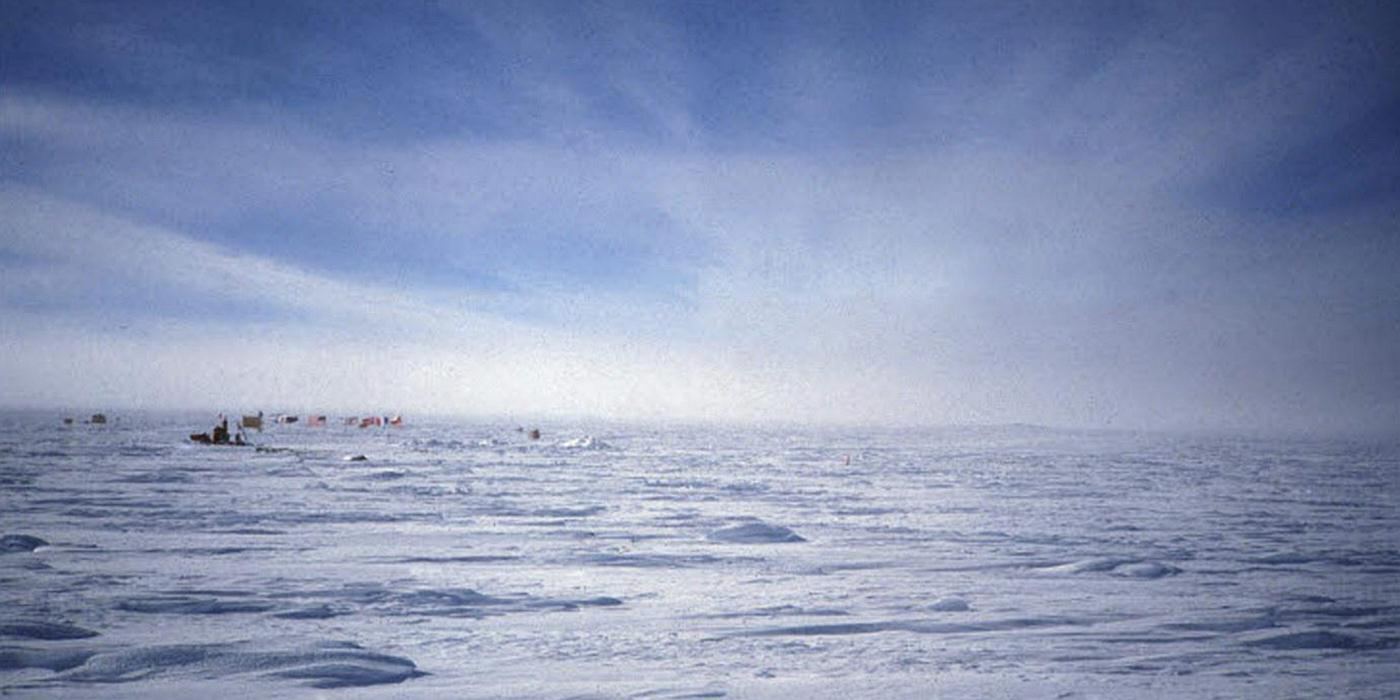This article is an excerpt from Chapter five in my new book The Chicken Little Agenda – Debunking Experts’ Lies. You can find out more about the book here, and can order the book from this link. This is the fifth of five parts for Chapter five that will be presented here sequentially. Read part four here.
Chapter 5
When Nuclear Goes Wrong
Three Mile Island
On March 26, 1979, at the Three Mile Island nuclear complex near Middletown, Pennsylvania, reactor operators conducted a test of the emergency feedwater system for the Three Mile Island Unit 2 (TMI-2). This is a routine test to verify that the reactor backup cooling system functions correctly. This backup system is designed to supply emergency cooling of the reactor in the event of failure of the secondary cooling system. In effect, this system supplies a secondary source of water to extract heat from the primary coolant. Part of this routine test requires that a valve accessing emergency secondary coolant be shut at the beginning of the test and reopened at the end of the test. Somebody goofed–made a serious mistake–and this valve was not reopened. This shut valve did not affect normal reactor operation but, when shut, prevented emergency secondary coolant from reaching the heat exchanger in the event of failure of the normal secondary coolant source.
One of the routine safety precautions used in nuclear power plants is to maintain a strict separation between the water used to cool the core directly–the primary coolant–and the water used to drive the turbine–the secondary coolant. Heat collected by the primary coolant is transferred to the secondary coolant in a heat exchanger, which essentially is a boiler wherein the secondary coolant is circulated around metal tubes containing the primary coolant. The two coolants never actually contact each other.
On March 28, 1979, a problem developed in the secondary coolant pumps of TMI-2. At about four o’clock in the morning, a mechanical or possibly electrical failure caused them to stop.
As a result, both the turbine and the reactor automatically shut down, just as they were designed to do. When the secondary pumps failed, the still undiscovered shut valve prevented the emergency feedwater system from taking up the slack. Eight minutes into the incident, someone discovered the shut valve and opened it. Consequently, TMI-2 ran for these eight minutes without any secondary cooling.
The normal consequence of such a shutdown is that pressure inside the reactor increases, because the heat is no longer being removed. A reactor vessel contains a pressure-relief valve that functions similarly to the pressure-relief valve on a household pressure cooker. At TMI-2, this valve opened to decrease internal reactor pressure. Unfortunately, the valve failed in the open position–it was stuck open–and to complicate matters, when it failed, it also broke the transmitter that indicated the valve’s position to the operator. Consequently, the operator did not realize that the valve was open. Had he known this, he could have shut it manually. But it remained open, so that the internal reactor pressure continued to drop, as primary coolant flowed out of the core into the pressurizer and out the stuck valve.
TMI-2 provided no way to read the level of coolant in the core directly. Instead, operators read the level from a gauge on the pressurizer, and because the core and pressurizer were connected directly to one another, they deduced the level of coolant in the core. In the meantime, however, underpressure in the primary coolant system caused by the stuck-open pressure-relief valve created steam bubbles throughout the primary coolant system. These bubbles caused the pressurizer to fill with water, giving a false reading that the primary system was filled to capacity. The operator stopped adding water to the primary coolant system, even though such additional water was critically necessary–another big mistake.
The result of all this was that a gas bubble formed at the top of the reactor vessel, and the fuel rods sustained significant heat damage because they were not cooled adequately. Furthermore, some of the gas was released into the containment building, carrying with it nuclear byproducts, contaminating the air in the building. To complicate matters further, some primary coolant carrying radioactive debris from the damaged fuel rods leaked from the system and found its way into the building’s basement. There it evaporated and condensed on the walls, adding more nuclear byprodu
cts to the already contaminated interior.
After all was said and done, the actual release of radioactive material into the environment was about the equivalent of eight radioisotope sources for medical diagnosis, or about nine thousand luminous Exit signs. This is not a lot of radioactivity, especially since the material was dispersed into the atmosphere. The average radiation dose received by residents near Three Mile Island was only 1.4 millirems, compared to a typical annual background dose of 360 millirems. This is about the same amount you would receive from cosmic radiation on a flight from New York to Los Angeles.
Clearly the Three Mile Island incident did not endanger anybody. It took the court system ten years to validate this conclusion. The worst nuclear accident in United States history harmed absolutely nothing.
The 1979 Three Mile Island accident was caused by a sequence of errors–mechanical and human. Nevertheless, despite the outcry from the Chicken Little set, everything remained inside the containment building. There was essentially no release of harmful emissions. Had people reacted properly to the initial problem instead of running around screaming that the nuclear sky was falling, the plant could be in production today. More importantly, should a similar sequence of events happen in a nuclear power plant today, the outcome would be a minor local problem, and the plant would be back on line in a few days.
© 2006 – Robert G. Williscroft





Sorry, comments are closed for this post.